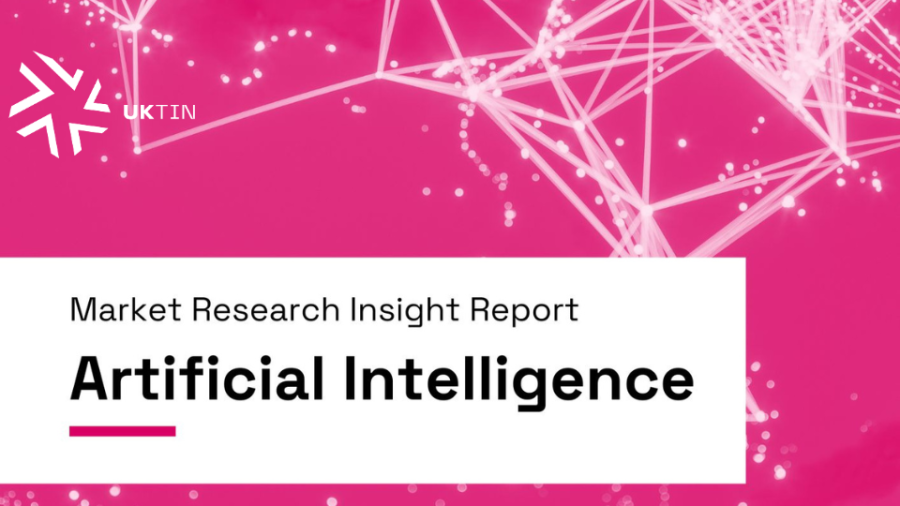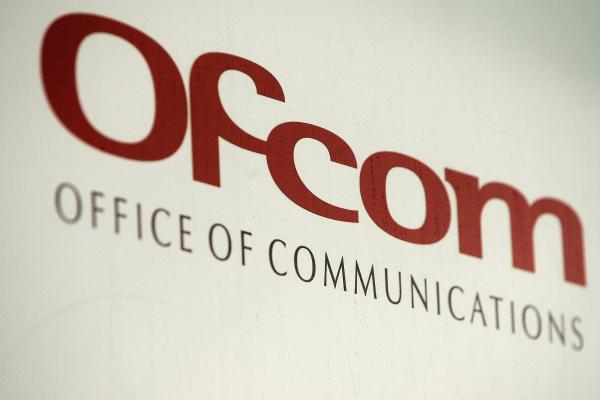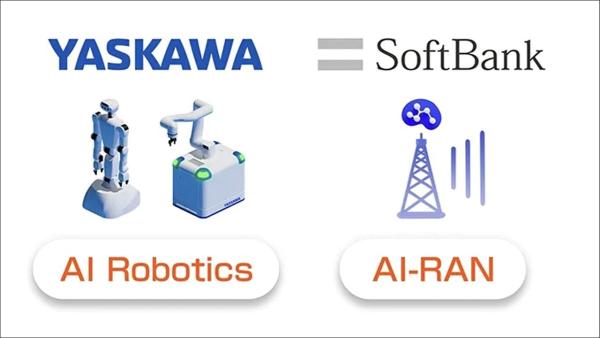
The UK’s telecoms market is thriving but understanding how the ecosystem is innovating can be difficult, especially considering the rapid advancements in academia. UKTIN is therefore creating Market Research Insight Reports delving into all areas of the sector - you can find more details about the reports here. Undoubtedly the biggest technology of the moment is AI and UKTIN has today published the first of its Market Research Insight Reports focused on AI in telecoms.
The UK is home to a world-leading Artificial Intelligence R&D&I community, and the adoption of cutting-edge advanced AI techniques is currently being addressed by a large cross-technology national ecosystem, with the IT and Telecommunications category making up 29.5% of deployed AI solutions across sectors. AI is expected to play an increasingly significant role in enhancing the performance of future networks across application areas and for a wide range of purposes, such as improving network efficiency, increasing energy efficiency, ensuring private secure communications and optimising customer services. As telecom systems become more complex and interconnected, it is expected that the role of AI in our industry will only increase over time.
With rapid technological developments taking place in both AI and telecoms globally, this report aims to understand the role that AI currently plays in the UK telecoms market, current public R&D&I activities and their area of focus.
Defining AI
Artificial Intelligence is a discipline with varying definitions, and it is expected that these will evolve as the technology - and its applications - develop. This report is of course focused on AI in telecoms research, development and innovation activities and as such defines AI as projects and initiatives that aim to expand or develop the capabilities of AI in the telecoms sector. This includes applications areas such as wireless networks, network optimisation, efficiency, energy and security.
While there have been many instances already of telcos deploying AI to improve customer service operations, such endeavours do not tend to be the focus of R&D activities and therefore have not been included in this report.
Julie Valk, Senior Policy, Research & Engagement Manager, Digital Catapult and one of the authors of the report said of the process of compiling the report,
“We used a dual methodology in which qualitative data was collected by the University of Bristol through interviews with academic experts, and quantitative data was collected by Digital Catapult through database analysis using UKRI, CORDIS (Horizon 2020) and CELTIC-NEXT, as well as the web scraping of government web pages combined with manual data entry. This dual approach, using both granular insights and broader data, allowed the team to present a comprehensive snapshot in time of UK-based, publicly funded R&D&I activities in the AI in telecommunications space. The most exciting aspect of this report was seeing how both experts in the sector and broader trends in the data confirmed that, recently, R&D&I activities in AI in telecommunications have taken off, underscoring just how important AI is for the industry."
Report Highlights
The report provides a comprehensive analysis of the current R&D&I landscape, based on quantitative data collected in November 2023 and expert interviews to qualify and contextualise the data. This combined quantitative and qualitative approach provides the current state of play as well as a high-level, non-technical insight into AI in future networks and telecoms.
Within the report, which clearly illustrates how AI in telecoms is gaining rapid momentum, you can find current insights into:
- Funding: public funding has grown considerably since 2017, with the report identifying a rise in lockstep with the increased interest in AI applications across industry sectors. With detailed breakdowns into funding bodies and breakdowns, this provides a comprehensive analysis of just how significant the investment into AI is.
- Key UK academic and industrial R&D&I activities: AI is often seen as an enabling technology for telecoms and the report is evidence of that with analysis of not just AI-focused projects but also how AI is increasingly becoming an integral part of R&D&I initiatives into broader, key telecoms areas such as 5G, 6G and Open RAN. Overviews of key projects and programmes clearly illustrate how AI is becoming strategically significant to the UK, particularly when it comes to fulfilling policy objectives around diversification of the supply chain.
- International activities: analysis of international projects and programmes where there is at least one UK partner show similar increases in focus and funding with initiatives focusing on similar research areas
- Partnerships: The report indicates that partnerships are a key part of AI in telecoms R&D&I. The research identified a high number of consortium-based projects and many multi-partner projects with both academic and industry partners. Overviews of such projects can be found in the report. Experts interviewed also confirmed the importance of partnerships, both in terms of closer collaboration between researchers and commercialisation, and also in terms of interdisciplinary collaboration across academic domains, including sensing devices, AI acceleration, silicon photonics, and analogue neural networks.
Dimitra Simeonidou, University of Bristol and UKTIN Lead for Research Translation said of the report
“In the telecommunications landscape, Artificial Intelligence could be the catalyst for revolution with the potential of driving unprecedented efficiency, scalability, and service innovation. Ongoing research is focusing on topics ranging from self-optimising networks to personalised customer experiences. Such works are already providing unparalleled insights into benefits that redefine our industry's future. We have a credible opportunity to lead this revolution from the UK by investing in continuous advancements in AI technologies, supporting collaboration between industry and academic stakeholders, and driving regulatory developments in the adoption of AI in telecoms.”









